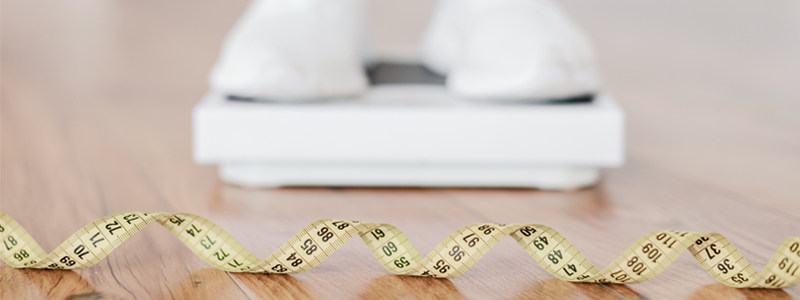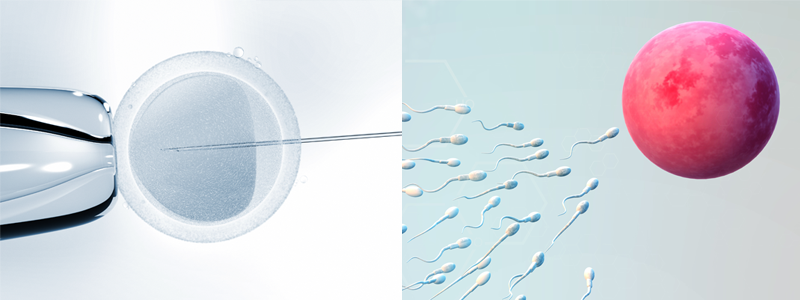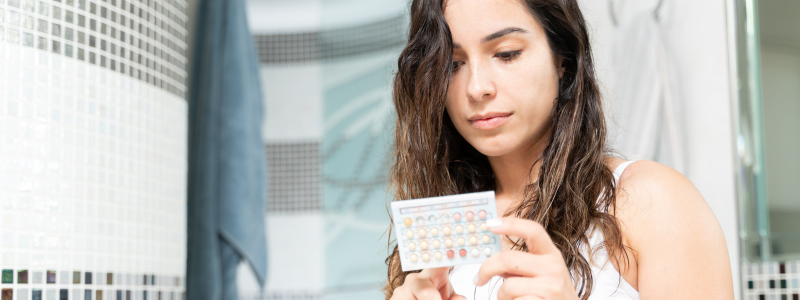If you are just beginning to explore whether IVF is right for you, you may have heard the term ‘downregulation’. Perhaps you don’t really understand what it means or where it fits into treatment. Here, we explain how it works and what it means for you and your body – as well as covering an alternative approach that you may not have considered yet.
What is downregulation?
Downregulation is usually the first stage of a high stimulation IVF treatment protocol – it is the name given to the process of using medication to shut down your natural menstrual cycle, in effect causing an artificial menopause. After the downregulation stage, doctors use different medication to stimulate your ovaries to produce a higher number of eggs than would occur in a natural cycle.
How long does down regulation take?
Downregulation can take around 2 ½ - 4 ½ weeks, however there have been cases where patients have been downregulated for a longer period.
At CREATE Fertility we do not use downregulation as part of our protocols and so the treatment duration time is greatly reduced.
Are there any side effects to downregulation?
Unfortunately, yes. Because the body is essentially going through a menopause-like process, many women do experience side effects as a result of down regulation in conventional IVF. Potential side effects can be both physical and emotional, and include headaches, migraines, hot flushes, or feeling down and irritable.
Are there alternative treatments that do not rely on downregulation?
Yes. At CREATE, we specialise in Natural, Natural Modified and Mild IVF. All these treatments work within your natural menstrual cycle, which means there is no need for downregulation. In our Natural IVF treatment, we simply rely on the body’s natural selection mechanism to collect the healthiest and highest quality egg or eggs in a cycle with no drugs or medication. Our Natural Modified treatment relies on medication over 3-4 days before egg collection, and Mild IVF involves ovarian stimulation tailored to create a mild response, taken over 5-9 days. This means our treatments are all shorter and simpler than high stimulation IVF, and are kinder to your body with reduced potential for side effects.
Are there any other benefits to Natural and Mild IVF?
We believe in delivering treatment that supports healthy mothers and healthy babies. Higher doses of stimulation are known to carry the potential for side effects including mood swings, and increased risk of thromboembolism, Ovarian Hyperstimulation Syndrome (OHSS), weight gain, bloating and stomach pains. Research has shown that high levels of stimulation can impact embryo implantation and even increase the risk of lower birth weight or premature babies.
Our aim is to collect higher quality eggs (not high quantities of eggs) to create healthier embryos, and we are very proud of our success rates. Our Mild IVF treatment achieves success rates that are often equivalent to or better than the national average for IVF in many cases. Our Natural IVF success rates are often better than the national average.
An additional benefit is that because our treatment protocols are shorter, and rely on less medication, they often also work out to be more cost effective than high stimulation treatment.
If this blog has given you food for thought then get in touch to find out more. It’s important to speak to a specialist to work out which treatment might be right for you. Often Natural IVF is most suitable for older women or those with low egg reserve, while Mild is more suitable for women with normal egg reserves. An Advanced Scan & Consultation at CREATE will give you a detailed picture of your fertility and a clear idea of your options.






